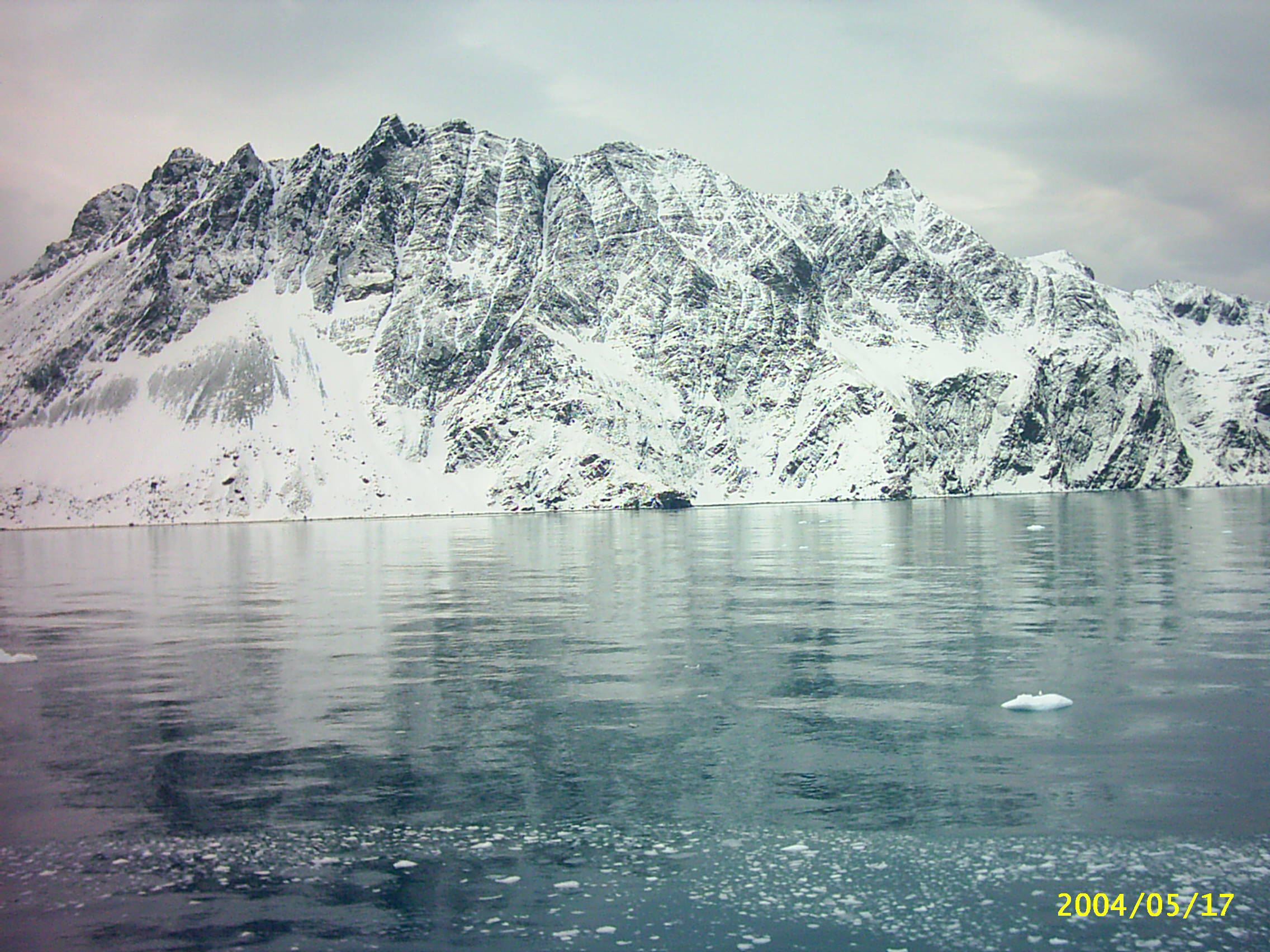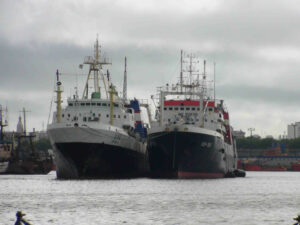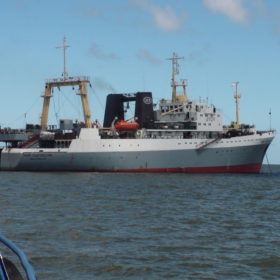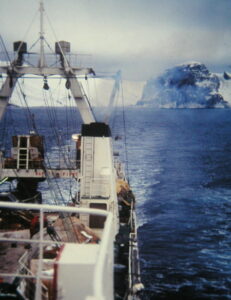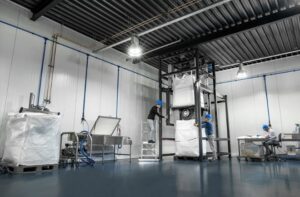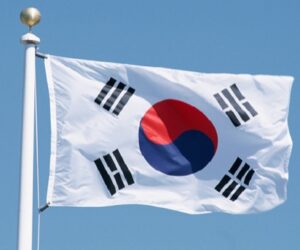 This is a 1999 Thesis written as part of the Master of Science degree at the University of British Columbia by Emma Lee Bredesen.
This is a 1999 Thesis written as part of the Master of Science degree at the University of British Columbia by Emma Lee Bredesen.
Although a 2003 thesis, it is relevant on today’s CCAMLR’s work willing to achieve the proper balance between (growing) South Antarctic Krill commercial fishing and conservation activities.
The Commission for the Conservation of Antarctic Marine Living Resources (CCAMLR) has a mandate to manage Southern Ocean resources using an ecosystem approach. In accordance with this, ecosystem models of the South Orkneys/South Georgia region were constructed. A model representing the region in the 1990s was used to assess the possible effects that an increased fishery for krill (Euphausia superba) might have on the ecosystem. The model predicted that the expanded fishery could cause small declines in the biomass of several top predators (<10%), such as Antarctic fur seals and baleen whales, and that bycatch in the krill trawl fishery could reduce some fish populations by almost 35%. Incorporating the natural annual variation in krill biomass into the model showed that predator populations could be negatively affected by years of low krill abundance, which would be further exacerbated by an increased krill fishery. The model also indicated that the traditional concept of the simple Southern Ocean food chain should be re-evaluated to consider other important intermediary species groups, such as fish and squid. Models representing the region in the past (pre-exploitation, 1900s and 1960s) were used to assess the impacts of commercial sealing, whaling and fishing in the region. Simulations suggest that the increase in Antarctic fur seals since the 1950s was not due to decreased competition for food as a result of the whaling activities in the first half of the 1900s. However, whaling may have had a positive effect on fish population sizes, especially certain commercially important species. Removing large krill predators from the simulated ecosystem, such as birds and seals, did not result in an increase in whales. Removing certain fish groups, however, had more of an acceleratory effect on whale recovery. These findings emphasize the need for a better understanding of the relative roles of species in the Southern Ocean ecosystem, as well as the natural variability of krill abundance, if management issues in the Antarctic are to be resolved.
See full thesis at Krill and the Antarctic – Finding the Balance

